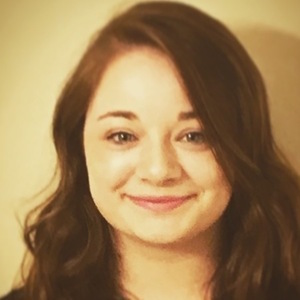
Audrey Ogurchak
is a 3L at Syracuse University College of Law, pursuing a JD/MS in Computer Science. Audrey also received a B.S. in Chemical Engineering from Ohio University. She is currently focused in patent law and technology transactions. Audrey has spent a portion of her legal education assisting start up companies navigate through intellectual property, regulatory and market issues. She is currently the Technology Editor for Syracuse University’s Journal of Science and Technology Law and the President of Syracuse’s Intellectual Property Law Society.

Recent Articles by Audrey Ogurchak
Kanye West, ran into some legal trouble when he was sued for trademark infringement by Michael Medina for using the word “Loisaidas” in the title. Medina began using the name “Loisaidas” in 2008 to refer to a Latin band that he had formed. The band originated from Manhattan’s Lower East Side, for which the name came from, as “Loisaidas” is a Spanish slang term for “lower east siders.” … However, the title “Loisaidas” was not found to be explicitly misleading such to induce members of the public to believe the “work” was either created by or about Medina’s music group. In October 2016, Medina appealed the case to the US Court of Appeals for the Second Circuit.
Since the Supreme Court’s decisions in Mayo Collaborative Services v. Prometheus Laboratories (2012) and Alice Corp. v. CLS Bank Int’l (2014), patent practitioners have struggled in overcoming the newly imposed hurdle of patent eligibility. Uber is no stranger to this struggle. Of the 53 patent applications that Uber has filed since 2012, 27 of these applications have been examined, wherein Uber has received 13 final rejections based on §101. Uber has fought against many of the §101 rejections. However, Uber has thus far been unsuccessful in most of its attempts.

![[IPWatchdog Logo]](https://ipwatchdog.com/wp-content/themes/IPWatchdog%20-%202023/assets/images/temp/logo-small@2x.png)
